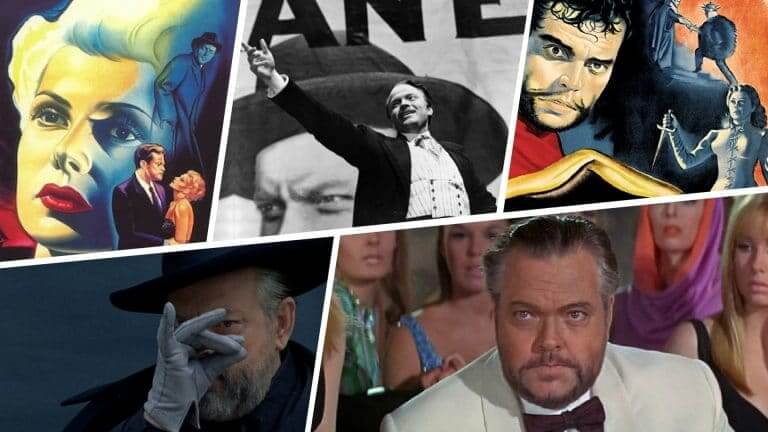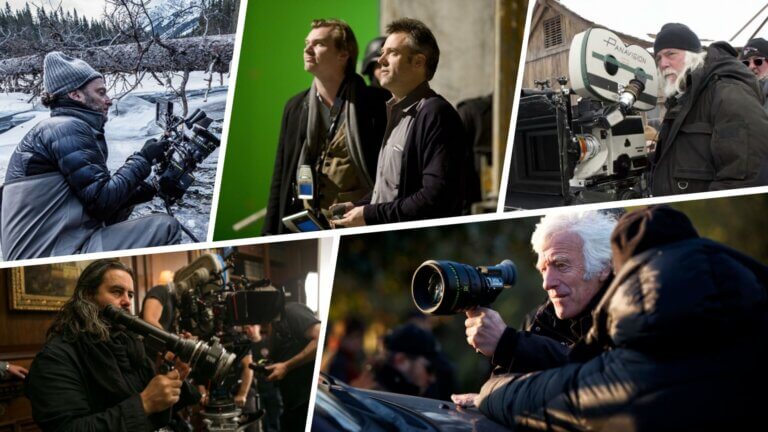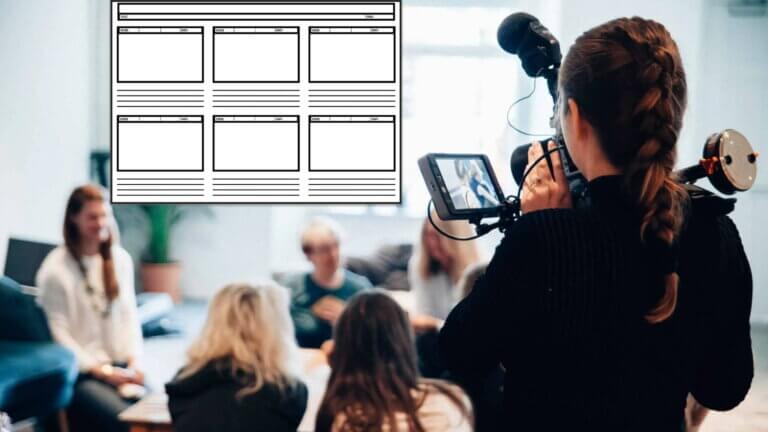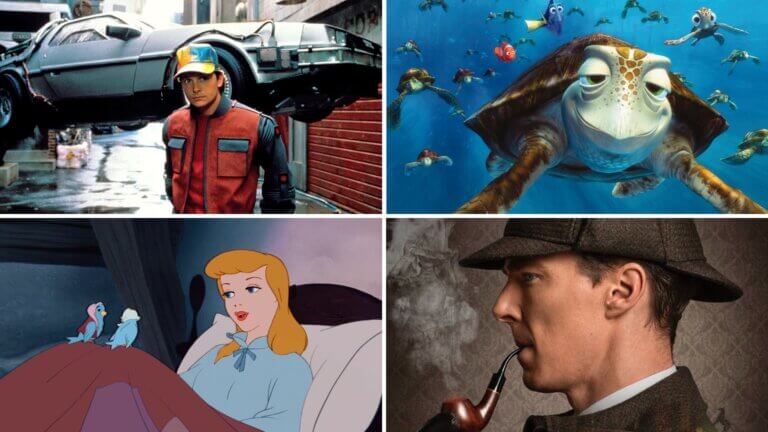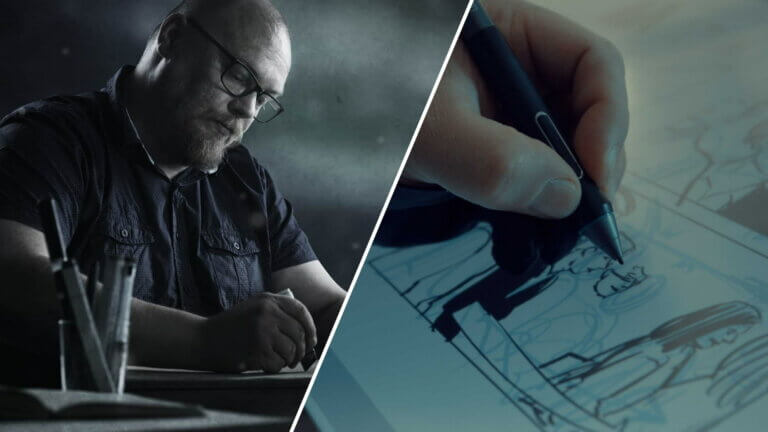Orson Welles used to say “they’ll love me when I’m dead” — well at least that’s what his protege Peter Bogdanovich said. I suppose in some sense that perspective was well-warranted. Although Welles received a lot of acclaim during his life, particularly for writing, directing, and starring in Citizen Kane, he never got the respect many contemporary critics suppose he deserved. Welles’ career was plagued by studio censorship, personal vendettas, and a desire for perfectionism. But still, Welles endured making more than a dozen movies, as well as more than a dozen unfinished movies. We’re going to rank the Best…
Cinematographers obviously play a vital role in making a film, but what decisions do they make on a daily basis? The cinematographer's primary goal is to capture the director's vision. Using lighting, camera, and composition techniques, a DP translates that vision into images. This post goes over the common considerations with explanations from working professionals. Let’s jump in so we can answer that age-old question: what does a cinematographer do?Continue reading What Does a Cinematographer Do? DP Wally Pfister Explains
If you’re a photographer or cinematographer, chances are you’ve used ambient light, whether you’ve known it or not. This type of light is everywhere, and can make or break your image — sometimes it helps, sometimes it's unwanted. So, what is ambient light? In this article, we’ll walk through what ambient illumination is, and how you can use it to your advantage for your next shoot.Continue reading What is Ambient Light — Lighting Techniques Explained
Inductive reasoning and deductive reasoning represent two polar approaches to critical reasoning. But what is the difference between inductive and deductive reasoning? We’re going to break down inductive vs deductive reasoning by looking at their definitions as well as some examples. By the end, you’ll know how inductive and deductive reasoning are used, and how to implement them in your own writing.Continue reading Inductive vs Deductive Reasoning — Differences & Usages
Sibilance is a useful alliterative tool that writers use to evoke reactions in their readers. But what is sibilance and how is it used? We’re going to answer those questions by looking at sibilance examples from film and literature. We’ll also define sibilance by breaking down its characteristics.Continue reading What is Sibilance — Definition & Examples For Writers
Dialogue scenes can be the most fun to write as well as the most difficult. Visual performances of dialogue in films can be powerful, emotional, and moving. However, the medium of written text has its limitations. Luckily, screenwriters have parentheticals. Parentheticals are a great way to include specific information that help a reader better understand a dialogue scene. So how do you write a parenthetical in a screenplay? Let’s take a look at screenplay parenthetical examples and to learn how they should be used. Continue reading Screenplay Parenthetical Examples (And Why They Work)
Storyboarding is almost always a good idea. This is true when shooting a movie or television show, but it’s also true for weddings, ads, and anything that might require a camera. In this post, we’ll break down how to storyboard videography of all sorts, plus give you a video storyboard template.Continue reading How to Storyboard Videography — Weddings, Ads & More
When you think of the most iconic films in cinema, odds are there is a well-rounded, memorable, maybe even complex character attached to it. However, you may be surprised that many of these great films also use simple characters that lack complexity. These are flat characters. What is a flat character arc? In this article, we’ll take a look at the flat character definition, how they differ from round characters, and why writers intentionally use these characters in their stories. Continue reading What is a Flat Character — Types of Character Arcs Explained
There is no such thing as "storyboard rules" per se. However, there are standards and expectations that professionals use that you should know. In this post, we're going to review the do's and don'ts of storyboarding so that you can find your own style without making avoidable mistakes. Let's get started.Continue reading Storyboard Rules — The Do’s and Don’ts of Storyboarding
Some of the most memorable characters in television and film come from the world of 2D and 3D animation. Before these characters are even animated, however, they are designed. Iconic characters are much more than great drawings. They are given personalities and details that make them iconic and serve as the vehicle of a story. This is the goal of character design. In this article, we’ll take a closer look at the purpose of character design, what makes a character design so great, and what the process of designing a character entails.Continue reading What is Character Design — Tips on Creating…
